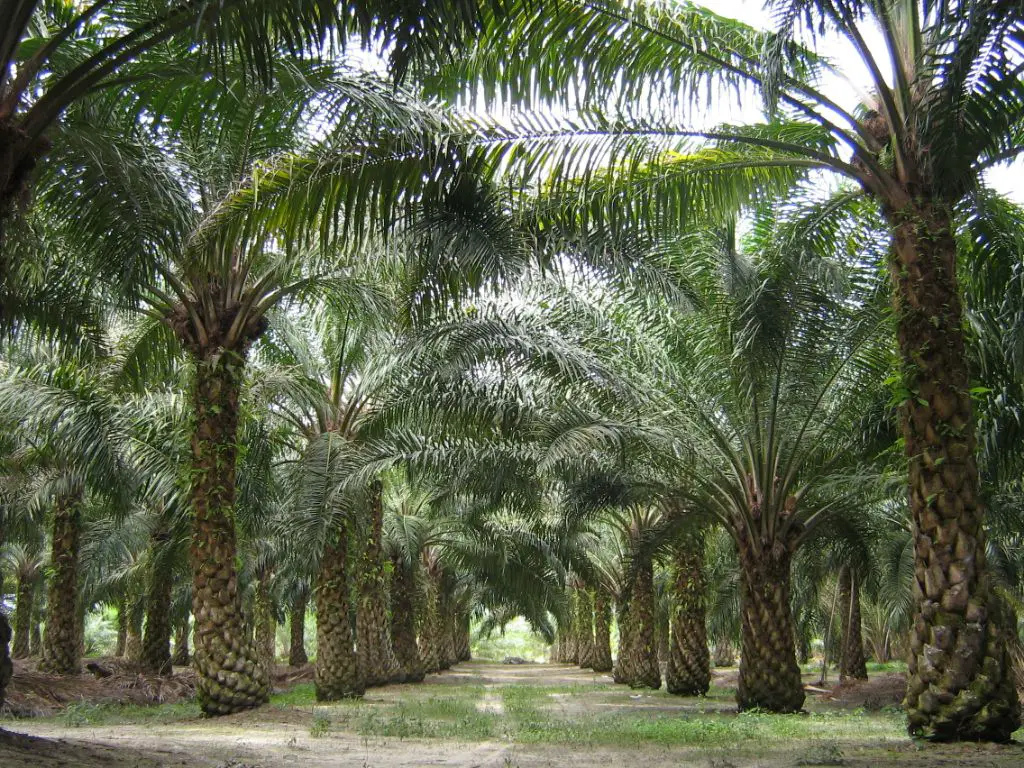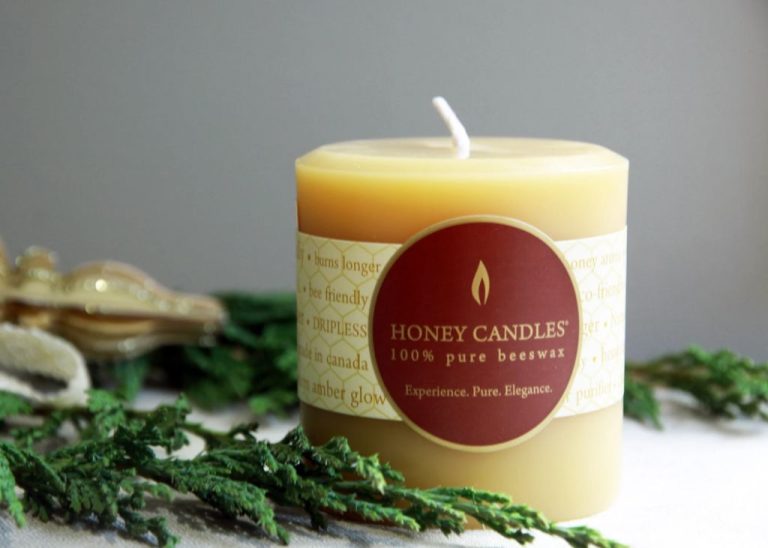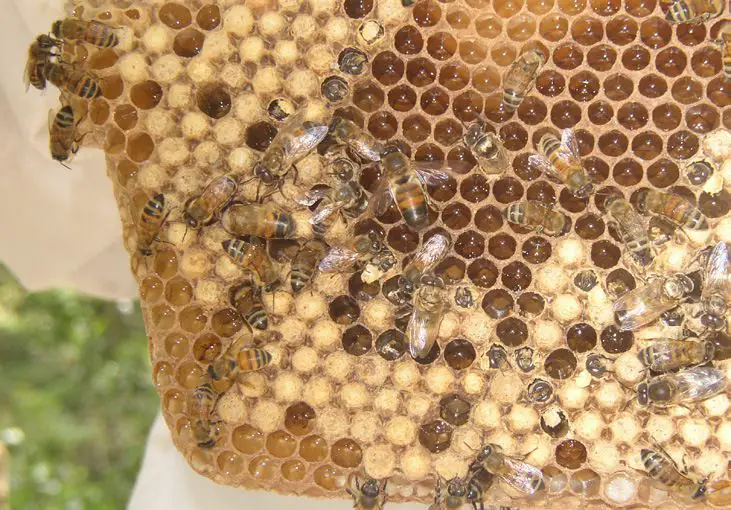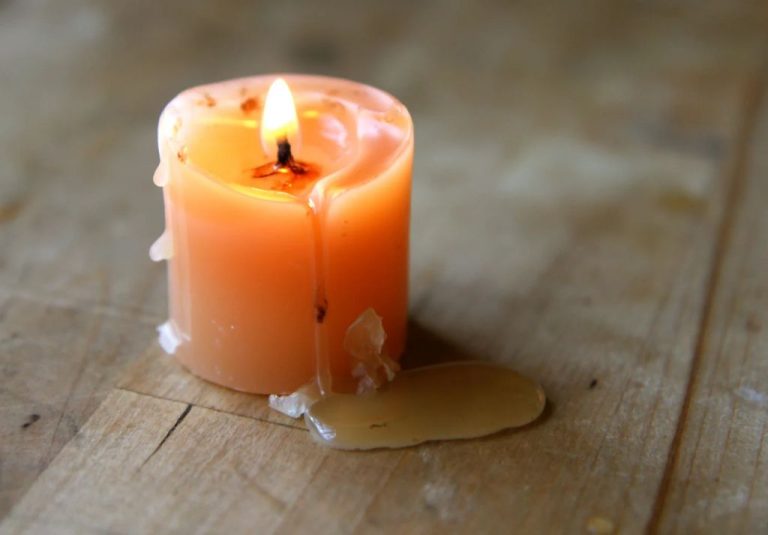What Wax Do I Buy To Make Candles?
Candle making has become an increasingly popular hobby and DIY activity. There are many different types of wax that can be used to make candles, each with their own unique properties. The most common candle waxes include paraffin, beeswax, soy wax, palm wax, and gel wax. When deciding what type of wax to use, it’s important to consider factors like cost, melting point, burn time, fragrance throw, and environmental impact.
This article provides an overview of the most popular candle waxes available and key factors to evaluate when selecting wax for candle making. Whether you’re new to the hobby or an experienced chandler, understanding wax types and properties will ensure you choose the right wax to achieve your desired candle qualities.
Paraffin Wax
Paraffin wax is the most common type of wax used for candle making. It is a byproduct of petroleum refining and is highly refined and purified (“Soy Wax Candles vs. Paraffin Wax Candles”, https://blendedwaxes.com/). Paraffin wax has many desirable properties that make it ideal for candles – it has a high melting point, is inexpensive, and holds scent and color well. It allows for a clean, even burn and gives candles a glossy finish.
The biggest advantage of paraffin wax is that it is very inexpensive, especially compared to natural waxes. This makes it economical for large scale candle production. Paraffin also has excellent scent throw, meaning it holds and disperses fragrance oils better than other waxes. This results in strong scented candles. The high melting point of paraffin (around 130-150°F) makes it easy to work with. It allows for distinctive shapes and detailing.
However, there are some drawbacks to paraffin wax. Because it is a petroleum product, there are environmental concerns around sourcing and sustainability. Some studies have also found that paraffin can release small amounts of toxins like toluene and benzene when burned, though more research is needed (“Natural or paraffin wax candles?”, https://jankocraft.com/). Many makers are switching to more natural waxes for these reasons.
Beeswax
Beeswax is a natural wax produced by honey bees. It is secreted from eight wax-producing glands on the worker bee’s abdomen and used by bees to build the walls of their hive. Beeswax has a sweet, honey-like scent and varies in color from yellow to brownish. It has a high melting point range of 62 to 64°C (144 to 147°F).
Beeswax is made from honeycomb harvested from bee hives. The honeycomb is melted and filtered to remove impurities like dead bees, propolis, and honey residues. The resulting wax is poured into molds to make blocks of pure beeswax ready for candle making. Beeswax candles have a natural honey aroma and emit negative ions when burned which helps clean the surrounding air.
Compared to paraffin wax, beeswax candles burn brighter, slower, and longer. The natural wax structure gives beeswax a crystalline appearance that makes the candles naturally scent-compatible. Beeswax is non-toxic, biodegradable, and free of petroleum making it a renewable, eco-friendly choice. However, beeswax candles are more expensive because beeswax is in limited supply (source).
Soy Wax
Soy wax is made from hydrogenated soybean oil. It is a renewable and biodegradable wax made from a sustainable crop. Some key advantages of soy wax include:
– Environmentally friendly: Soybeans used to make soy wax are a renewable resource, readily available in the United States and other countries. As a crop-based wax, soy wax is biodegradable.[1]
– Natural scent throw: Soy wax has excellent scent throw properties for fragrance oils. The natural grip allows soy wax to hold fragrances very well.
– Smooth appearance: Soy wax candles have a smooth finish and attractive appearance. The wax hardens evenly with no frosting.
– Blended wax options: Soy wax is commonly blended with other waxes like paraffin or beeswax. This allows candle makers to customize the properties of the wax.
The main disadvantages are that soy wax is typically more expensive than paraffin wax. It also cannot be used outdoors in extreme temperatures as it melts faster. [2] Overall soy wax is an excellent natural option for homemade and manufactured candles.
[1] https://joetiehome.com/blogs/news/the-pros-and-cons-of-soy-wax-candles-what-you-need-to-know
[2] https://homesteadsparkle.com/about-soy-wax-candles/
Palm Wax
Palm wax is made from palm oil, which is extracted from the fruit of palm trees. While palm wax can make quality candles, there are significant environmental concerns regarding palm oil production. Palm oil cultivation is a major driver of deforestation, habitat loss, and soil degradation in regions like Indonesia and Malaysia. According to the European Parliament, palm oil plantations are responsible for nearly 10% of global deforestation. [1]

In addition to environmental damage, there are reports of abusive labor practices on some palm oil plantations. Given the negative impacts, many consumers choose to avoid palm oil and palm wax. While palm wax itself produces clean-burning candles, the broader environmental and social consequences make it a controversial choice for candle-making.
Gel Wax
Gel wax is a smooth and crystal clear candle wax. It allows more elaborate designs than typical candle waxes. Gel wax remains transparent even when colored, enabling unique visual effects like embedded botanicals, glitter, seashells, and glass figurines (Libraries 2021). Gel wax candles lend themselves to artistic designs since items can be fully submerged without losing visibility. The gel helps suspend additional elements evenly throughout the candle.
To make gel candles, transparent gel wax is melted, fragranced, and colored. Botanicals, shells, beads, or other embeds are added before pouring the wax into containers and inserting wicks. The gel wax helps evenly distribute and secure embellishments. As the candle burns, the embeds remain visible. Gel wax cools to a thick gel state, allowing more flexibility and stability than liquid waxes when embedding detailed objects (Savvy Homemade).
Natural Waxes
Natural waxes derived from plants and animals are popular candle-making alternatives to paraffin wax. These include:
- Bayberry wax – This vegetable-based wax comes from the fruits of the bayberry shrub. It has a pleasant, earthy aroma when burning and produces less soot than paraffin. However, bayberry wax is expensive and not always easy to source (Source).
- Beeswax – Made by honey bees, beeswax has a sweet, honey-like scent. Beeswax candles burn longer and cleaner than paraffin. However, beeswax is costly and can be prone to drips (Source).
- Coconut wax – Derived from coconut oil, this wax has excellent scent throw and produces minimal soot. The downside is that it can be brittle and prone to cracking.
- Palm wax – Made from palm oil, palm wax is clean-burning, hard, and glossy. However, there are sustainability concerns around palm oil harvesting practices.
- Wood waxes – Waxes extracted from trees like carnauba palm have a high melting point, producing sturdy candles. But they can be expensive and have limited availability.
Overall, natural waxes provide an eco-friendly, non-toxic alternative to paraffin. But factors like performance, cost, and availability should be considered when selecting candle waxes.
Wax Blends
Mixing different types of wax is a common practice among experienced candle makers. Blending waxes allows you to capitalize on the benefits of each wax and create a custom formula optimized for your specific needs. Some popular wax blends include:
- Paraffin and beeswax – Mixing a small amount of beeswax into paraffin wax helps the wax adhere better to the wick and improves burn quality. The beeswax also adds a natural honey aroma.
- Soy wax and paraffin – Soy wax is brittle when cold, while paraffin wax adds flexibility. Combining the two creates candles that are easy to release from the mold and have a smooth surface finish.
- Palm and soy wax – Palm wax has excellent opacity but needs to be blended with soy or other wax to improve its burn quality. Soy also makes the palm wax more pliable.
- Beeswax and soy wax – This natural blend marries the aromatic properties of beeswax with soy’s ability to hold fragrance oils. Varying the ratios results in customizable burn rates.
The options are endless when blending waxes. Try small test batches to find your own signature formula with the performance, fragrance, and aesthetic you desire.
Choosing Wax
When deciding which type of wax to use for candle making, there are several key factors to consider:
- Cost – Paraffin is typically the most affordable option. Beeswax and soy wax cost more since they are natural products.
- Melting point – The melting point determines how the candle burns and if the wax pools properly. Paraffin has a higher melting point than soy and beeswax.
- Scent throw – Paraffin and soy wax have excellent scent throw. Beeswax has a light, natural scent that can overpower fragrances.
- Availability – Paraffin and soy waxes are widely available. Beeswax may require finding a local supplier.
- Sustainability – Soy and beeswax are renewable, eco-friendly options. Paraffin is a petroleum byproduct.
- Performance – Paraffin and soy create smooth, complete melt pools. Beeswax can create a sticky burn and natural crystals.
For beginners, paraffin or soy wax is easiest to work with. As you gain experience, experiment with natural waxes like beeswax. Consider the performance, cost, and availability to select the right wax for your needs.
Conclusion
There are many types of wax to choose from when making candles, each with their own benefits and drawbacks. When selecting wax, it’s important to consider the finished look you want for your candles, as well as performance factors like melt point, fragrance throw, and burn time.
For most candle making projects, paraffin wax is a good choice. It’s inexpensive, easy to work with, and can be blended with other waxes. Paraffin provides a nice surface finish and good scent throw. However, it comes from non-renewable petroleum sources.
If you want an all-natural, eco-friendly wax, try soy, beeswax, or palm wax. Soy wax makes smooth candles but the scent may fade faster compared to paraffin. Beeswax has excellent fragrance retention but can be challenging to work with. Palm wax is a blend of soy and palm oil that offers a good sustainable option. You can also use gels or blend waxes to achieve your desired burn and scent properties.
Test out a few types of wax to see what works best for your specific candle making needs. The right wax can elevate your homemade candles. Focus on waxes that provide the finish, scent throw, color vibrancy and burn time you want.





